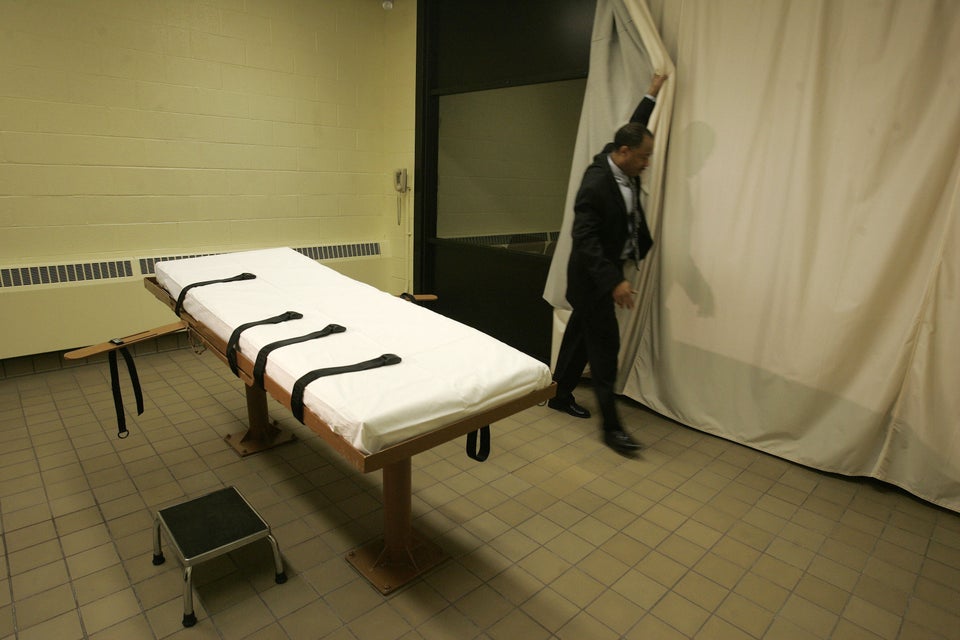The Connecticut Supreme Court has upheld its ruling that extends the state's 2012 death penalty repeal to the 11 inmates already on death row.
State lawmakers initially made the 2012 death penalty repeal prospective so it would apply only to future crimes. The state Supreme Court's 5-2 decision on Thursday upholds its 4-3 ruling from last August that extended the repeal to inmates who were already sentenced, thus converting their sentences to life without parole.
Gov. Dannel P. Malloy (D) said in a statement the ruling "reaffirms what the court has already said: those currently serving on death row will serve the rest of their life in prison with no possibility of ever obtaining freedom."
Chief State's Attorney Kevin Kane moved last October to delay or re-hear the case that led to the court's decision that the death penalty repeal would be retroactive.
In a statement Thursday, Kane said he will abide by the court's decision and extended sympathy and condolences to the prisoners' victims and their families.
"The Court has now spoken and, as always, we respect its decision. As such, we will move forward to re-sentence the individuals currently on death row to a sentence of life in prison without the possibility of release," he said.
When the state's 2012 repeal did not apply to prisoners already sentenced to death, public defenders challenged the exemption as unconstitutional seeing as the court had just determined the death penalty "no longer comports with contemporary standards of decency and no longer serves any legitimate penological purpose."
The defense for Eduardo Santiago, whose appeal triggered the ruling, said it would be wrong for some people to face the death penalty while others face life in prison for equivalent crimes.
When the court agreed with this in its August ruling, Kane's office quickly moved to have the ruling in Santiago's case delayed, and later, re-argued. The court denied both efforts.
Kane's office brought the same issues before the court this January in the case of convicted murderer Russell Peeler. It argued the court erred in its decision and said the justices misinterpreted whether the state constitution grants justices the power to invalidate a death sentence.
But given the hotly contested nature of August's narrow ruling, justices were concerned about what message would be sent if the court reversed its own major constitutional decision in less than a year, especially after a justice from the majority had retired.
"That's always been one of the challenges for the legitimacy of the death penalty," said Robert Dunham, executive director of the non-profit Death Penalty Information Center. "Whether the practice is accepted depending on the political orientation of the judges, that has little, if anything, to do with the rule of law."
Justice Peter Zarella, who dissented in Thursday's ruling, said he considered the decision "a plainly unjustified intrusion [on] the democratic process in order that the court might save face."
Chief Justice Chase Rogers, who was in the minority last August but Thursday voted with the majority to uphold the decision, said it was important to adhere to the previous ruling.
Otherwise, she wrote: "[It] would send the message that, whenever there is a hotly contested issue in this court that results in a closely divided decision, anyone who disagrees with the decision and has standing to challenge it need only wait until a member of the original majority leaves the court to mount another assault. In my view, that would be a very dangerous message to send."

